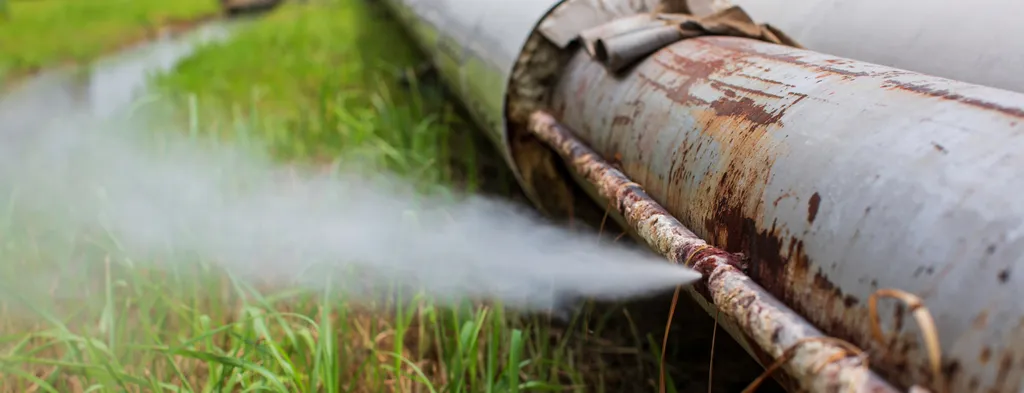In the relentless battle against corrosion, a team of researchers from the School of Materials and Metallurgy at Liaoning University of Science and Technology has uncovered crucial insights that could significantly impact the energy sector. Led by QI Bin, the team investigated how varying pH levels in simulated seawater affect the corrosion behavior of X100 pipeline steel, a material widely used in offshore oil and gas pipelines. Their findings, published in *Cailiao Baohu* (translated to *Materials Protection*), offer a nuanced understanding of corrosion dynamics, potentially leading to more robust and cost-effective pipeline designs.
Corrosion is a persistent challenge in marine environments, where pipelines are constantly exposed to harsh conditions. The team’s research revealed that as the pH value of simulated seawater increased from 7.5 to 9.0, the corrosion rate of X100 pipeline steel initially increased and then decreased. This non-linear relationship highlights the complexity of corrosion processes and the need for tailored solutions.
“When the pH value increased from 7.5 to 8.0, the corrosion rate accelerated significantly,” explained QI Bin. “However, when the pH value reached 9.0, the corrosion phenomenon gradually alleviated, and the corrosion rate decreased instead.” This finding is particularly noteworthy as it suggests that there may be an optimal pH range for minimizing corrosion, a factor that could influence the design and maintenance of offshore pipelines.
The researchers employed a variety of advanced techniques, including kinetic potential polarization curves, electrochemical impedance spectroscopy, corrosion weight loss measurements, and scanning electron microscopy (SEM) morphology analysis. These methods provided a comprehensive view of the corrosion behavior, revealing that at pH 8.0, the corrosion potential of X100 pipeline steel became more negative, the corrosion current density was highest, and the capacitive arc was smallest, indicating the most severe corrosion.
The study also found that the corrosion products on the substrate surface were thicker and more severe at pH 8.0. However, as the pH value increased to 9.0, the dynamic potential polarization curve showed a clear transition from the dissolution region to the passivation region in the anodic region, with a distinct over-passivation zone. This transition suggests that higher pH levels could potentially offer a protective passivation layer, reducing the overall corrosion rate.
The implications of this research are significant for the energy sector. Understanding the pH-dependent corrosion behavior of X100 pipeline steel can lead to more informed decisions about pipeline materials, coatings, and maintenance strategies. By optimizing these factors, energy companies can extend the lifespan of their offshore infrastructure, reduce maintenance costs, and enhance safety.
“This research provides a critical foundation for developing more effective corrosion mitigation strategies,” said QI Bin. “By tailoring the pH levels and employing appropriate protective measures, we can significantly enhance the durability and reliability of offshore pipelines.”
As the energy sector continues to explore and exploit offshore resources, the need for robust and corrosion-resistant materials will only grow. The insights gained from this study could shape future developments in materials science and engineering, leading to innovative solutions that address the unique challenges posed by marine environments.
In the ongoing quest to combat corrosion, the work of QI Bin and his team represents a significant step forward. Their findings not only advance our understanding of corrosion dynamics but also pave the way for more resilient and cost-effective energy infrastructure. As the energy sector navigates the complexities of offshore operations, this research offers valuable guidance for ensuring the longevity and safety of critical pipelines.

